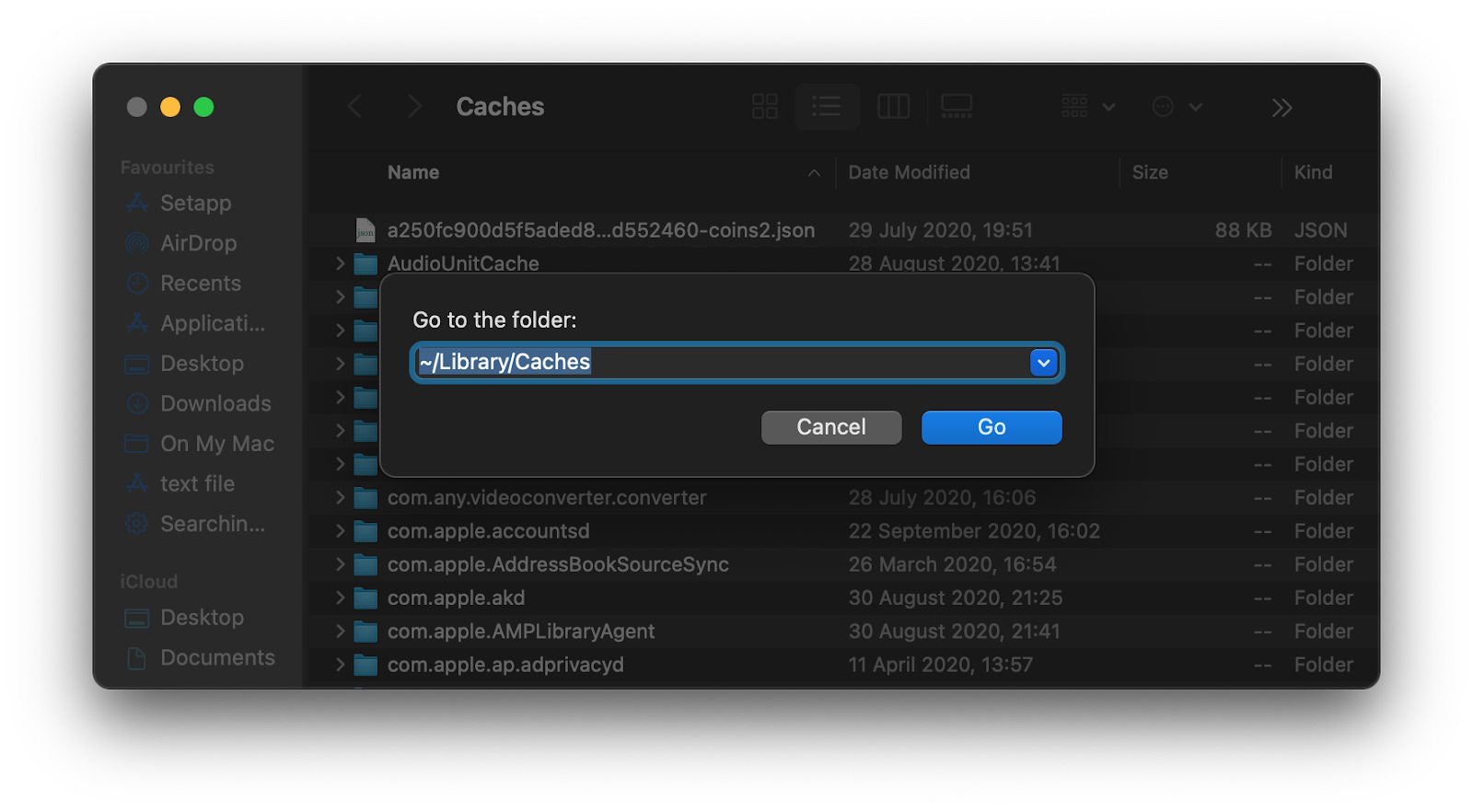

- Check go path mac install#
- Check go path mac software#
- Check go path mac code#
- Check go path mac mac#

To understand what that documentation means, you need to understand that the typical usage of the Ruby command would be to pass an executable Ruby file to it. If we scroll down the man page to get to the -e flag, we’ll see that it says, “Specifies script from command-line while telling Ruby not to search the rest of arguments for a script file name.” To get out of the man page, just hit q. If we type man ruby into our terminal, we can explore the documentation and find out what the -e flag does. I also notice that the Ruby command is getting called with the -e flag. Homebrew is using the absolute location to reliably call the Ruby command on a machine with unknown configuration. Distribution executable files are executable files that come with and are managed by your operating system. On Unix-like operating systems such as macOS, /usr/bin/ is where the operating system installs distribution executable files. If you recall from our earlier step, when we used which ruby, we found that the Ruby command was coming from that same location in our bin directory. The /usr/bin/ruby portion of the command is giving our terminal a specific location to an executable. The output of the curl command is interpolated for the Ruby command.curl is getting content from this address:.I look at this command and see a few notable things:
Check go path mac code#
The terminal is a really cool and powerful program, but we can harm our machine if we paste someone’s malicious code in there, so it’s important to understand what we’re doing.
Check go path mac install#
Whoa! What’s that install command doing anyway? I’m a big proponent of understanding commands that you paste into your terminal before you run them. One of the important things it points out for us will be that the install script is going to create some subdirectories in the /usr/ directory. The cool thing about the Homebrew install script is that it will tell you what it’s going to do and prompt you for a yes or no before proceeding. This command is going to install Homebrew for us. We’re going to follow that by running this command in our terminal that we opened in step 1: /usr/bin/ruby -e "$(curl -fsSL )" The Homebrew homepage has the install information. Ironically, Homebrew is written in Ruby! Let’s get that installed.
Check go path mac software#
Package managers will install software in a consistent manner and keep your computer tidy.Īs it turns out, macOS has an awesome package manager called Homebrew. In this case, managing means installing, updating, and removing software as needed. Hold on! What’s a package manager? A package manager is an application whose job is to manage software on your computer. Let’s do that by installing a package manager. But as good software engineers and system administrators, we like to stay on top of things and install the updated versions when we can. If you don’t need the latest and greatest Ruby version, you could stop here. The -v option tells the Ruby CLI to return the version of the Ruby installation to us. Here, we’re invoking the Ruby CLI and passing the option -v to it. Now let’s see which version of Ruby we have installed by typing in the following command: ruby -v If Ruby isn’t installed or available to us, the which command will let us know it couldn’t find Ruby. We passed Ruby as an argument, so the command is finding the Ruby executable location. The which command allows us to see where on the computer an executable file lives.
Check go path mac mac#
Did you know that a version of Ruby comes installed on your Mac by default? We can see that by typing some commands into our terminal. When you open a terminal (assuming zero configuration), you start at your home directory.

While Ruby is used quite frequently for web development, it’s also popular as a scripting language. Created in 1996 by Yukihiro Matsumoto, Ruby became really popular in the late 2000s with the introduction of the Ruby on Rails web framework. Ruby is an open-source programming language with a strong developer focus.


 0 kommentar(er)
0 kommentar(er)
